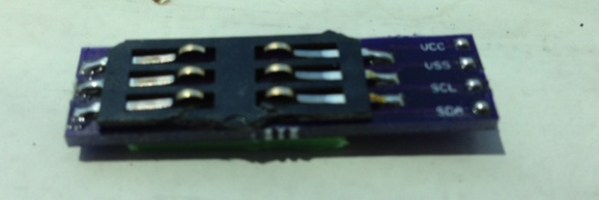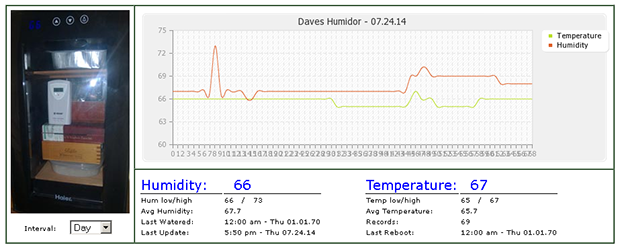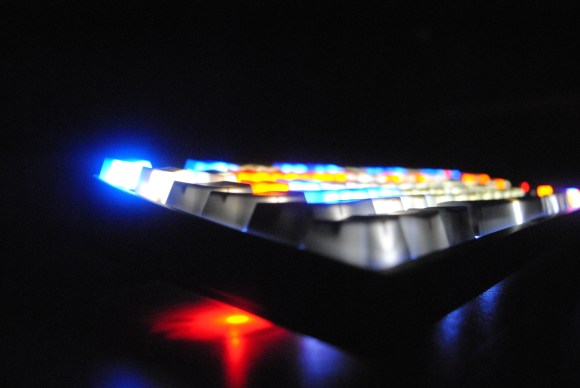[Sam Van Aken] is working on a long-term project which literally will bear fruit. Forty different kinds, in fact. The Tree of 40 Fruit is a single tree, carefully grafted to produce 40 different varieties of fruit. Growing up on a farm, [Sam] was always fascinated by the grafting process – how one living plant could be attached to another.
In 2008, [Sam] was working as a successful artist and professor in New York when he learned a 200-year-old state-run orchard was about to be demolished. The stone fruit orchard was not only a grove a trees, but a living history of man’s breeding of fruit. Many unique varieties of stone fruit – such as heirloom peaches, plums, cherries, and apricots – only existed in this orchard.
[Sam] bought the orchard and began to document the characteristics of the trees. Color, bloom date, and harvest date were all noted in [Sam’s] books. He then had the idea for a single tree which would bear multiple types of fruit. By using grafting techniques such as chip grafting, [Sam] was able to join the varieties of stone fruit tree. The process was very slow going. Grafts performed one year must survive through the winter before they grow the following spring.
Throughout the process, [Sam] kept careful diagrams of each graft. He planned the tree out so the fruit harvest wouldn’t be boring. Anyone who has a fruit tree tends to give away lots of fruit – because after a couple of weeks, they’re sick of eating one crop themselves! With [Sam’s] tree, It’s possible to have a nectarine with breakfast, a plum with lunch, and snack on almonds before dinner, all from the same tree. The real beauty is in the spring. [Sam’s] tree blossoms into an amazing array of pinks, purples and whites. A living sculpture created by an artist with a bit of help from Mother Nature.
Click past the break for [Sam’s] TED talk.



 For [Tony]’s entry for The Hackaday Prize,
For [Tony]’s entry for The Hackaday Prize, 












